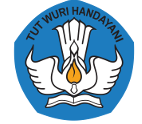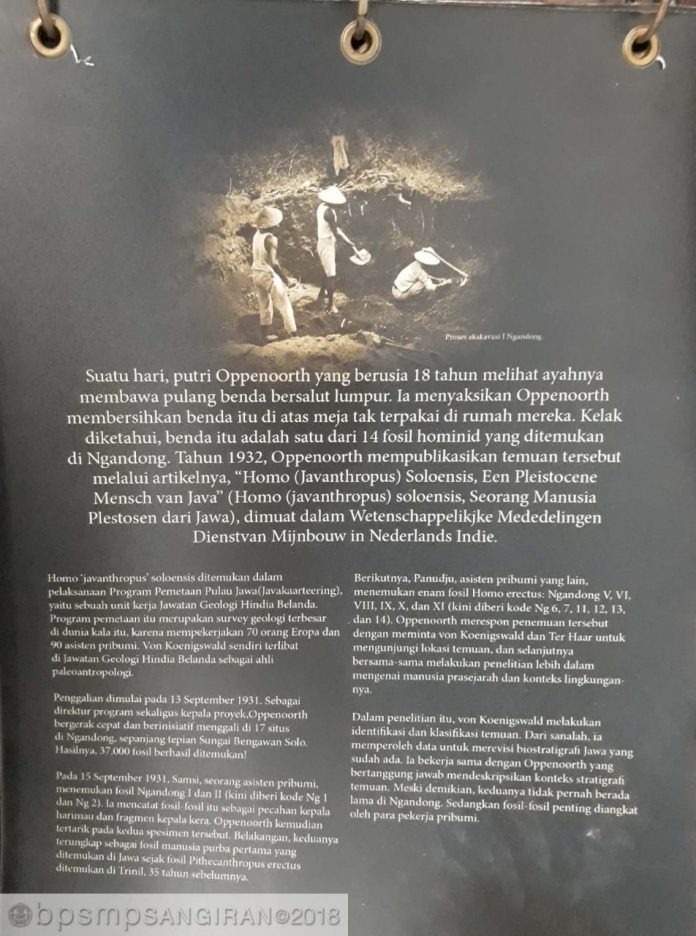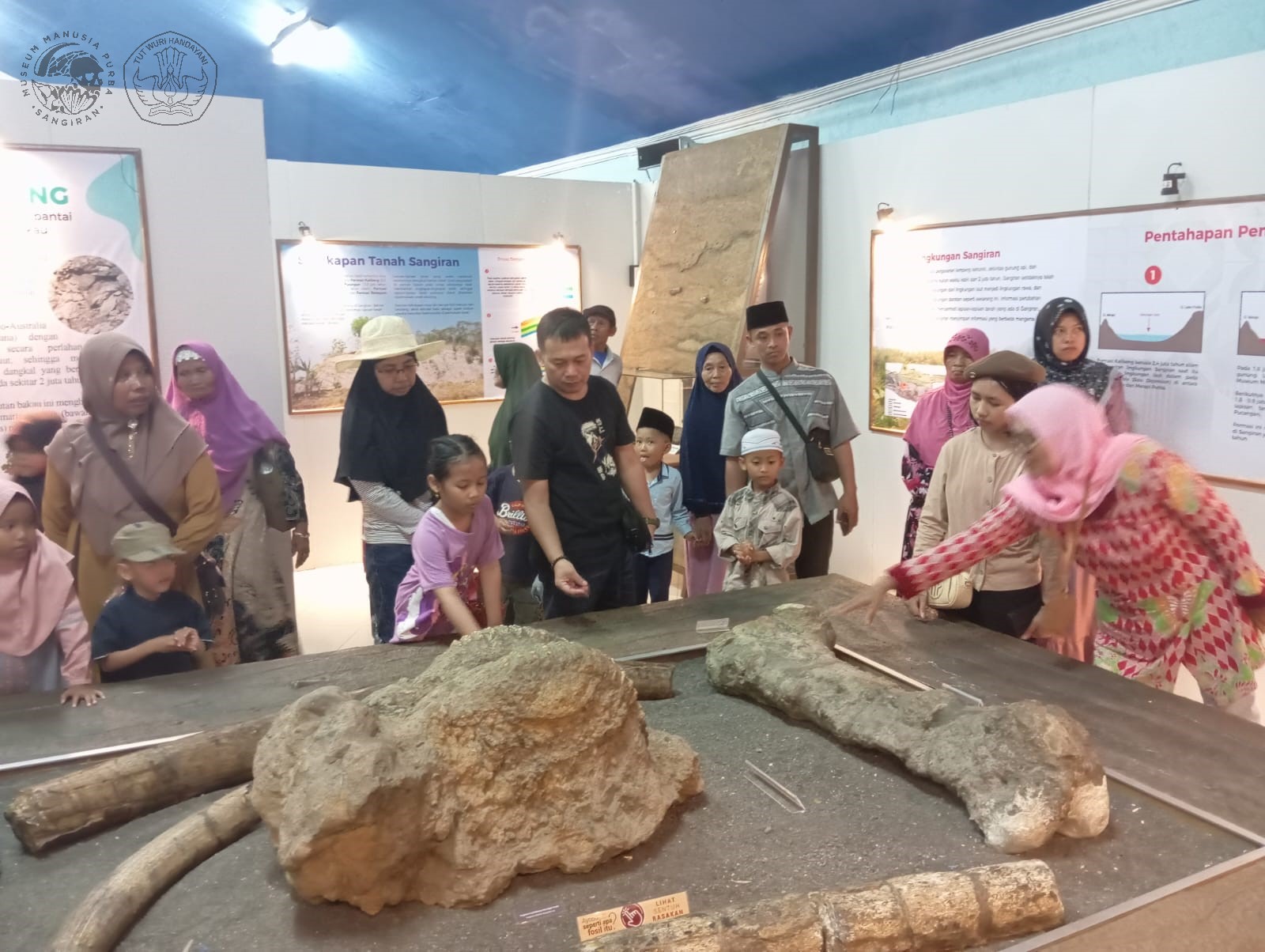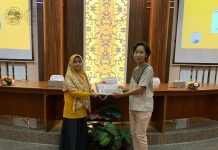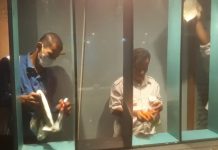One day, Oppennorth’s 18 years old daughter see her father comeback home and bring an object covered in mud. She watched Oppennorth clean that object on the unused table at their home. Later known, that object is one of 14 hominids found in Ngandong. On 1932, Oppennorth published that findings through his article, “Homo (Javanthropus) Soloensis, Een Pleistocene Mensch van Java (Homo (Javanthropus) Soloensis, A Pleistocene Man from Java, loaded inside Wetenschappelikjke Mededelingen Dienstvan Mijnbouw in Netherland Indie.
Homo “Javanthropus” Soloensis found in Mapping Program of Java Island (Javakaarteering) that is Hindia Dutch Geological Work Unit. This mapping program is the biggest geology survey in the world at that time, because employs 70 Europeans and 90 native people. Von Koenigswald involved in Hindia Dutch Geoogical Service as paleontropologist.
The excavation started on September 13th, 1931. As the director and head of project, Oppennorth run quickly and initiated to excavate in 17 sites in Ngandong, along the edge of Bengawan Solo River. The result, there are 37.000 fossils found.
On September 15th 1931, Samsi a native assistant found I and II Ngandong fossils (Now it coded as Ng I and Ng II). He recorded the fossil as tiger head shards and monkey head fragment. Oppennorth then interested to both of specimens. Later, both of them revealed as the first of early human fossil found in Java since Pithecnthropus erectus found in Trinil, 35 years before.
The next was Panudja, another native assistant, found 6 fossils of Homo erectus: V, VI, VIII, IX, X (now it coded as Ng 6,7, 11, 12, 13, 14). Oppennorth respond those findings by asking von Koenigswald and Ter Haar to visit findings location, and then do a deeper research together about prehistoric human and its environtment context.
In the research, von Koenigswald identifed and classified the findings. From there, he got data to revise biostratigraphy pre-existing before. He collaborated with Oppennorth is responsible to describe about findings of stratigraphy context. Nevertheless, both of them not long stay in Ngandong. While, the important fossils raised by native worker. Source: Museum of Early Human Cluster Ngebung
Translate by Mutiara Solikhah
